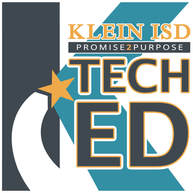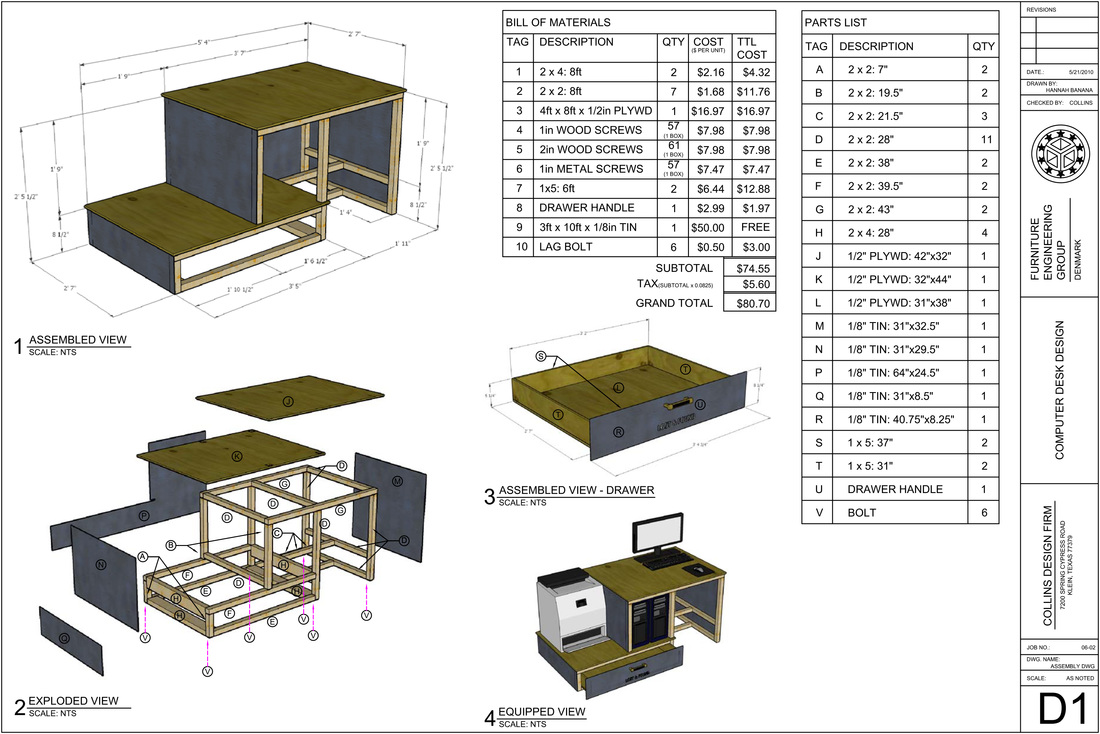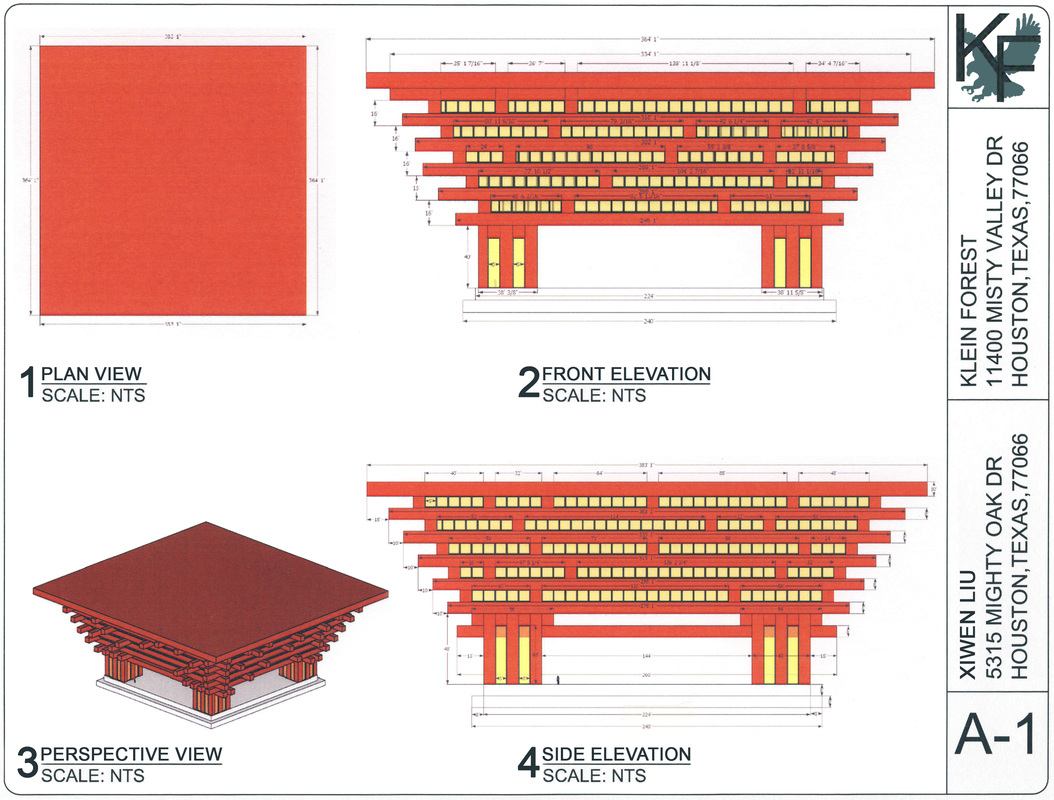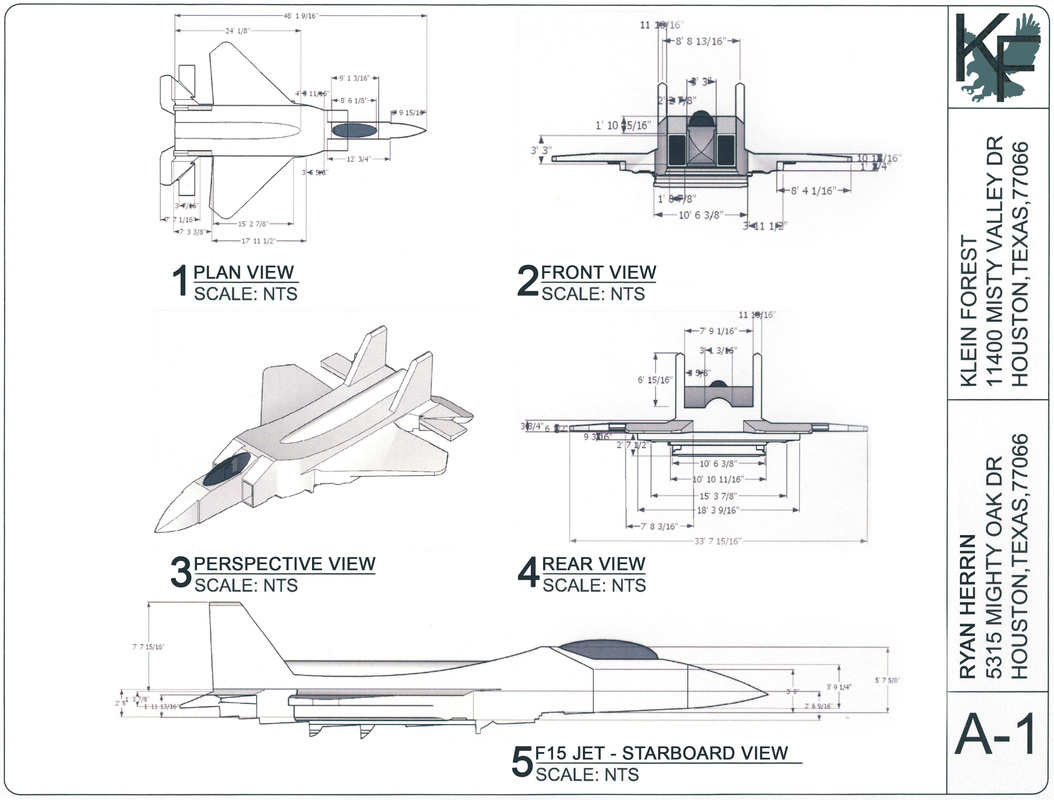PRINCIPLES OF ENGINEERING - SKETCHUP LESSONS
NOTE: If you want to be able to work on these projects at home, Sketchup is available to upload to your school issued tablet through the Software Center and can also be downloaded to your personal computer for free here.
BEGINNER LEVEL - SOMA CUBE
INTERMEDIATE LEVEL - SHAPES (PARTS 1 & 2)
PART 1
PART 2
ADVANCED LEVEL - BENCH
ADVANCED LEVEL - symmetrical design (PARTS 1-4)
PART 1
PART 2
PART 3
PART 4
ADVANCED LEVEL - HOUSE (Parts 1-6)
PART 1
PART 2
PART 3
PART 4
PART 5
PART 6
ADVANCED LEVEL - MODERN HOUSE REMODEL
Note: This is a remodel of the house we built in the previous set of tutorials. If you do not have that house then you will need to rebuild it by using the tutorials above.
MASTERY LEVEL - ORIGINAL DESIGN
To truly reach mastery level you must create your own design according to industry standards and must present it in a professional manner.
In order to complete this assignment your model(s) must be:
1. Sufficiently complex enough to show an advanced understanding of SketchUp. The model(s) can't be too simple.
2. Built to exact specifications. Every shape and angle must be built to a specific size. (Ex. 1.000", not 1.853492")
3. Dimensioned sufficiently. Another person must be able to rebuild your design based only on the dimensions you give.
4. Presented professionally. The drawings on the page must be as large and clear as they can be, and must be organized sensibly.
See below for past student examples:
In order to complete this assignment your model(s) must be:
1. Sufficiently complex enough to show an advanced understanding of SketchUp. The model(s) can't be too simple.
2. Built to exact specifications. Every shape and angle must be built to a specific size. (Ex. 1.000", not 1.853492")
3. Dimensioned sufficiently. Another person must be able to rebuild your design based only on the dimensions you give.
4. Presented professionally. The drawings on the page must be as large and clear as they can be, and must be organized sensibly.
See below for past student examples:







